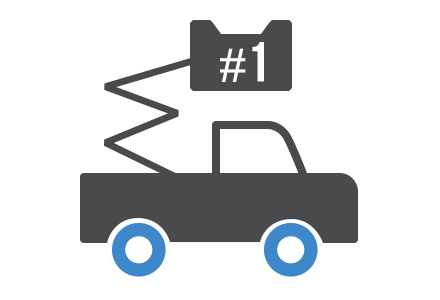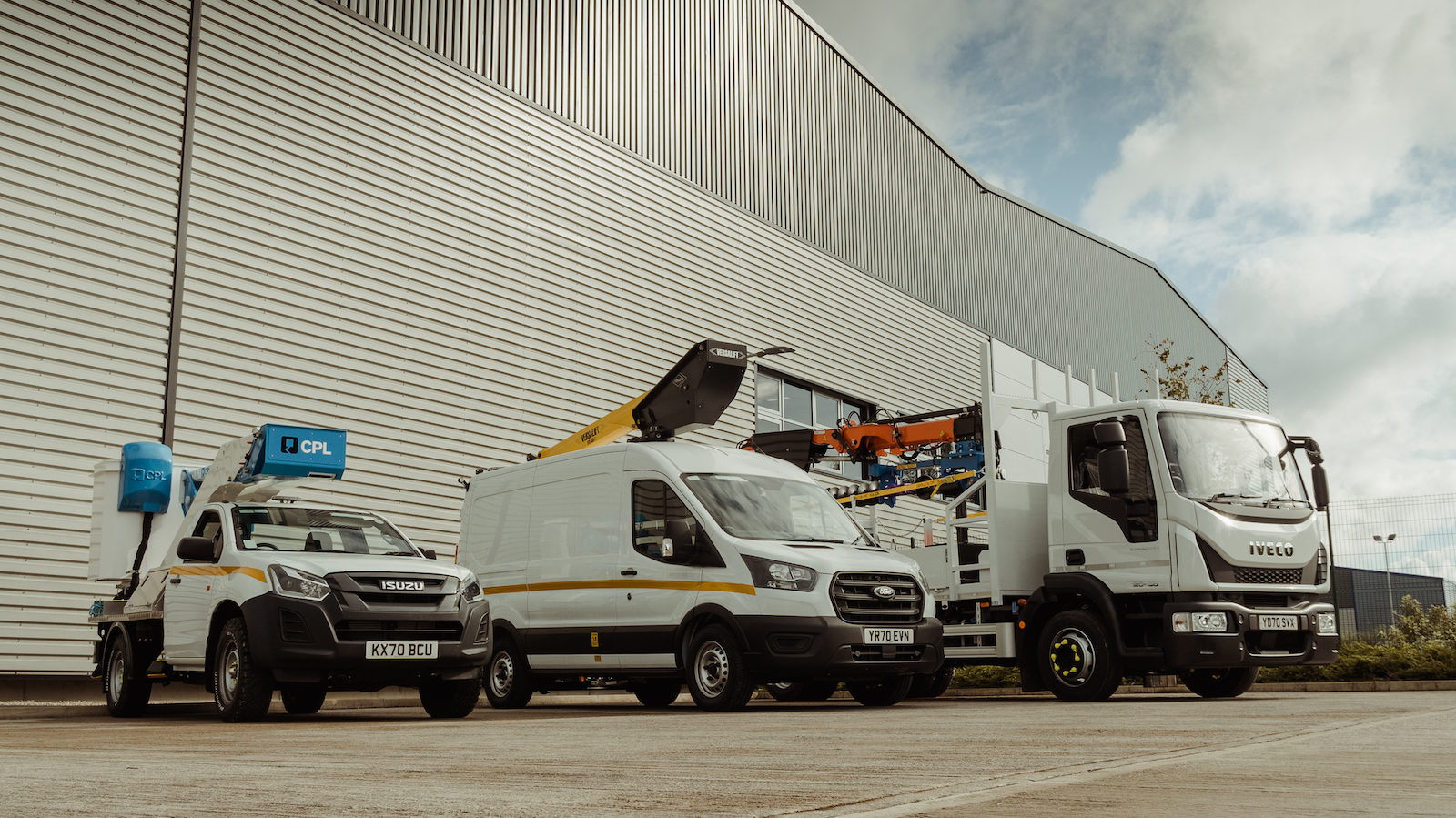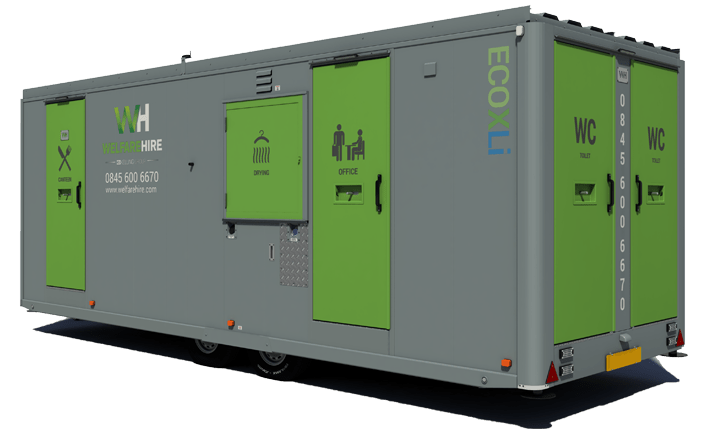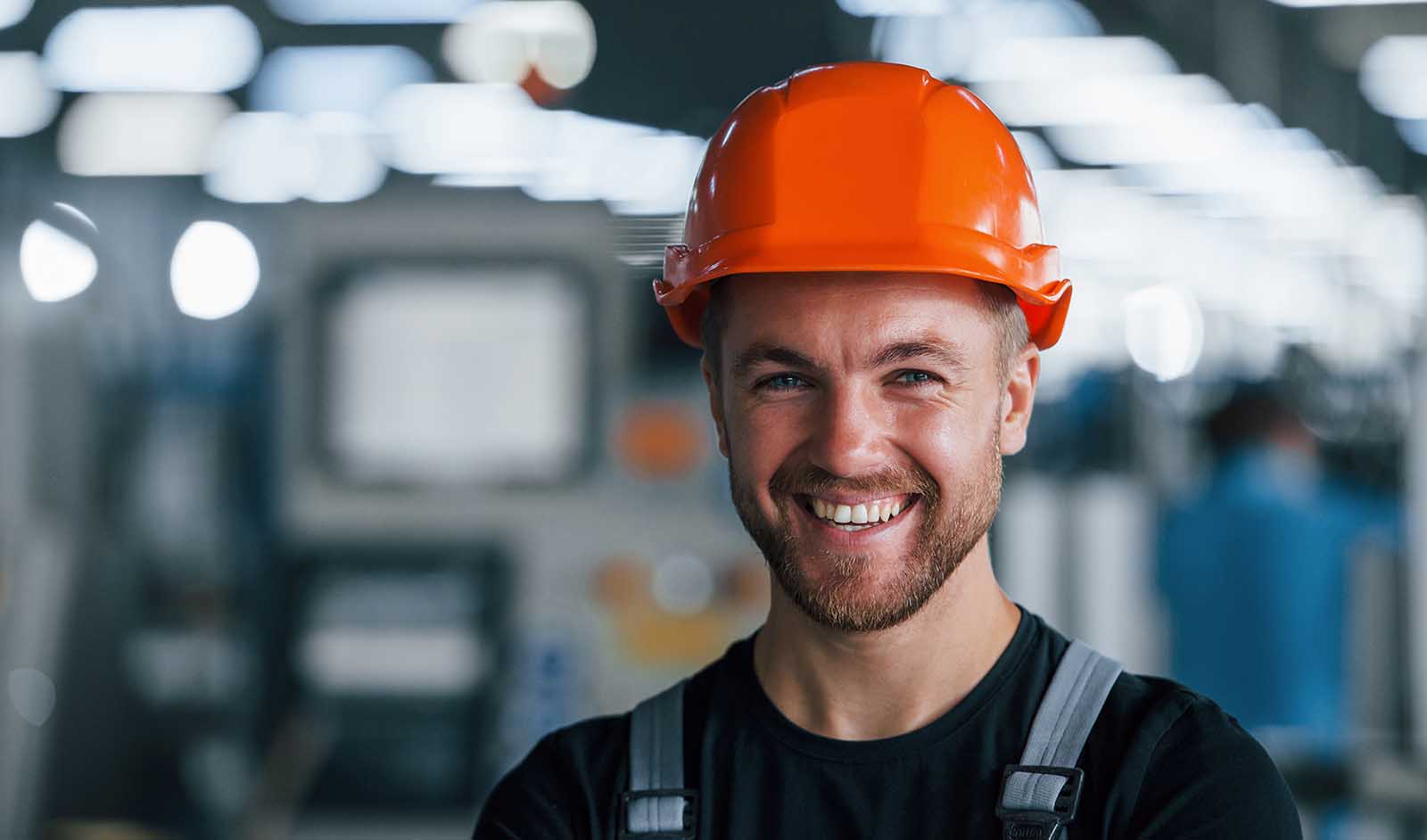Mental health and wellbeing is a serious problem in construction: everybody knows this.
2022 is set to be another big year for infrastructure projects and Access Hire. But with uncertainty around the economy and on-going questions as to the future of the pandemic, it’s vital that contractors make the most efficient use of their budgets.
Vehicle Mounted Access Platforms are vital for many infrastructure projects, but there are better and worse ways to source, operate and manage your fleet.
In this article, we explore four ways which may help infrastructure projects get the maximum value out of their Vehicle Mounted Access Platforms in 2022:

1. Modernise your fleet
Many businesses refuse to upgrade their vehicles under the assumption that it will be too costly to enlist a more modern fleet. But in reality, the costs of improving the Vehicle Mounted Access Platforms you use are far less than the costs of relying on a fleet that is no longer fit for purpose.
Ultimately, modern vehicles run more smoothly – reducing the likelihood of disruption and ensuring your team can stay on schedule.
2. Focus on fuel efficiency
It may seem a relatively small factor, but fuel efficiency can have a big impact on both the environmental and financial results of your project.
Older vehicles tend to require more fuel – as well as more frequent maintenance. This means they produce higher emissions and cost more to run.
Our fleet of Vehicle Mounted Access Platforms are designed to be maximally fuel-efficient. Not only will they save you money and improve your project’s environmental credentials – they are also less hassle to run.

3. Outsource support and maintenance
Vehicle Mounted Access Platforms require regular maintenance, to ensure they run smoothly and do not cause disruption to your project. But there are still more and less efficient ways to go about undertaking this maintenance.
The best option is to source your vehicles from a provider that includes full support and maintenance in their access vehicle hiring agreement. This will ensure that not only is maintenance and support taken care of – it never even has to cross your mind.

4. Try leasing your access vehicle
Many businesses assume that there are only two options when sourcing Vehicle Mounted Access Platforms – to buy your own fleet outright or to hire VMAPs.. But there is actually a third option, which offers some of the benefits of both – access vehicle lease.
By leasing, you may be able to improve your fleet in a way that suits your budget better; it may also help you manage your finances more effectively over the course of a project. Ultimately, it could help you extract even greater value from your access vehicles this year.
Looking to modernise your VMAP fleet? Contact our support team today.



